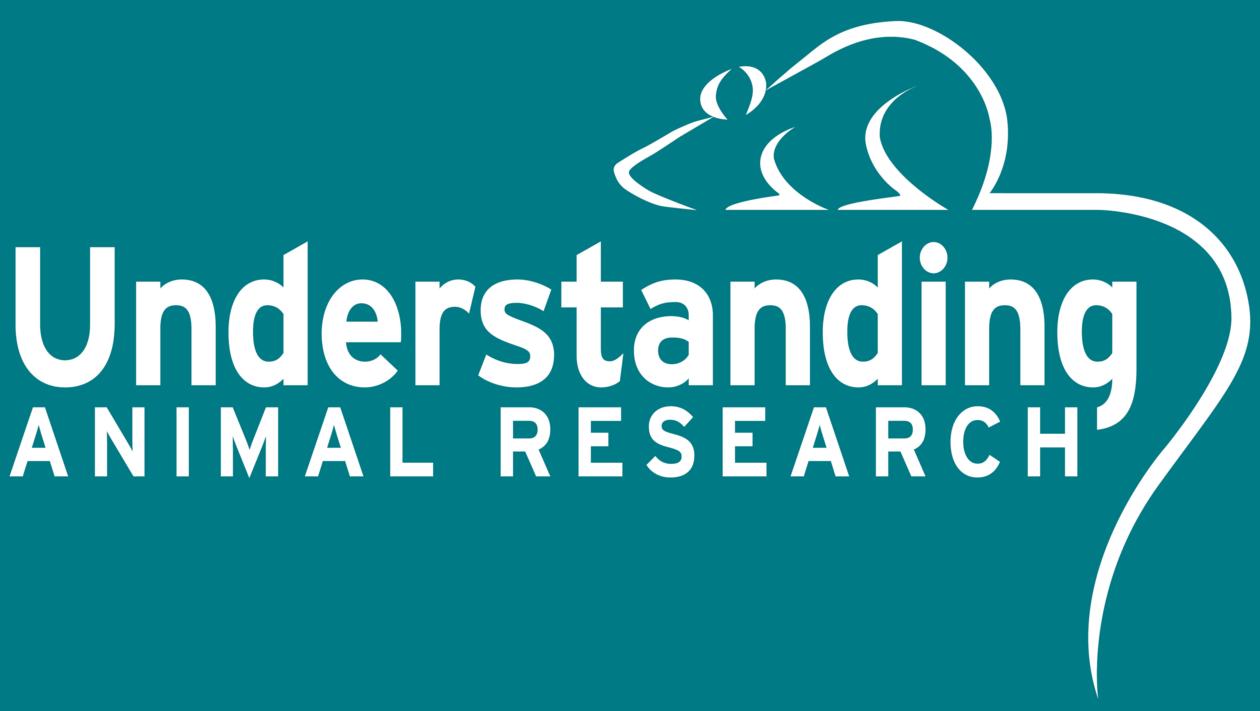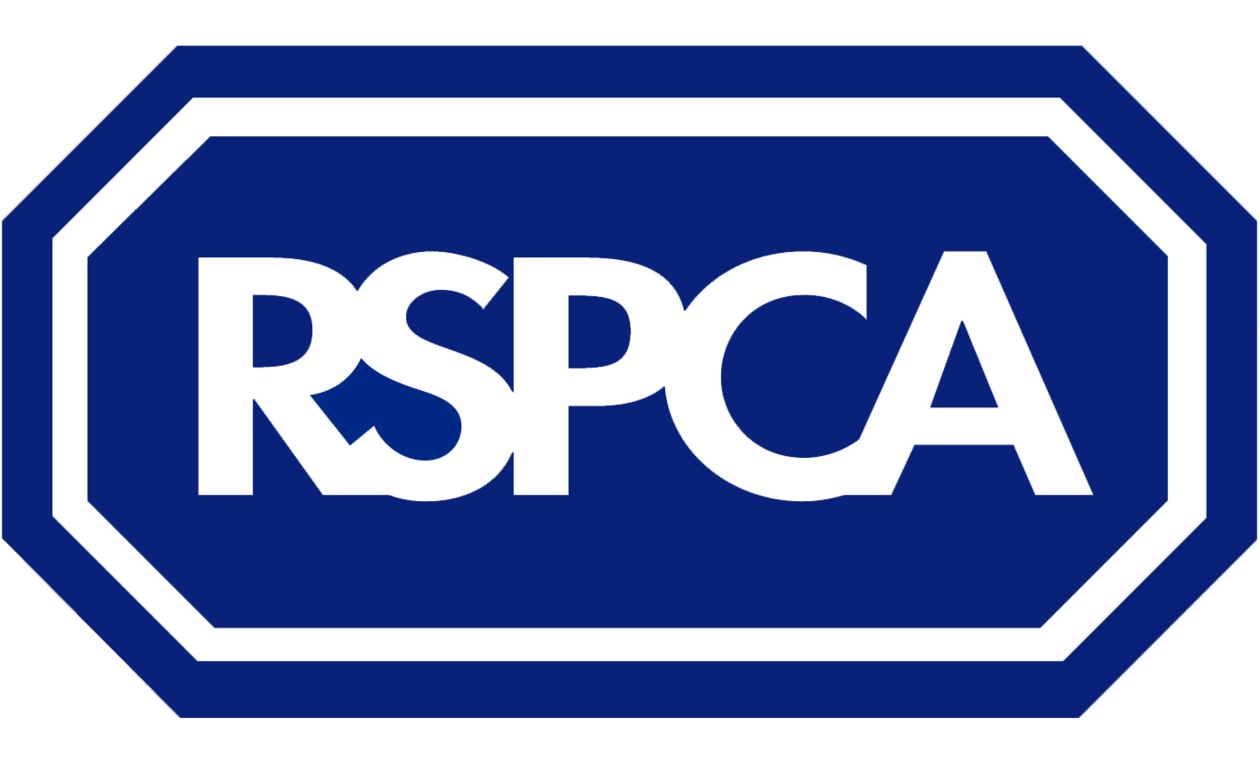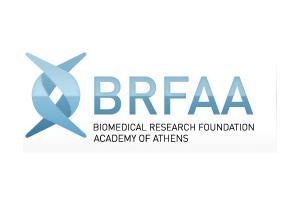Communicating animal research - why and how!
Hovedinnhold
Organized by:
- Fondazione Guido Bernardini (FGB)
- University of Bergen
- Biomedical Research Foundation of the Academy of Athens
Additional contributors
- Understanding Animal Research
- RSPCA
- AAALAC
Aim of event: To improve communications on animal research
Learning outcomes for participants
Increased awareness of the importance of clear, transparent and open communication and proactive engagement with the public on matters relating to animal research
Improved understanding of how to communicate about animal research (e.g. where, what and how).
Improved communication skills (including oral, visual and written)
Target audience: Scientists/researchers; laboratory animal veterinarians; animal technologists and other animal care personnel; members of local, regional or national ethics committees; competent authorities and regulators; press or public relations officers.
Topics to be addressed
Why is it important to talk about animal research?
What do the public want to know about animal research?
the science, ethical and animal welfare issues, harms and benefits, regulations?
Types of communication
‘Shop-window’ - websites and social media content
Public engagement - face to face communication
Media - broadcast information (what does the media want or ‘expect’)
Internal (within institution) communication
Proactive versus reactive communication
Openness versus defensiveness
Communicating versus ‘engaging’?
Challenges I - how to communicate complex information in lay language (including writing of NTS)
Challenges II - being open about harms to animals and scientific limitations of animal research
Practice- Workshop
- Writing NTS
Social media
Interview practice with a professional journalist (optional)



